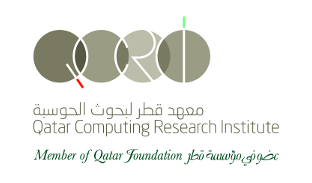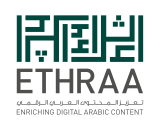
Decipherment
The first natural language processing systems had a straightforward goal: decipher coded messages sent by the enemy. Sixty years later, we have many more applications, including web search, question answering, summarization, speech recognition, and language translation. This tutorial explores connections between early decipherment research and today's NLP work. We find that many ideas from the earlier era have become core to the field, while others still remain to be picked up and developed.
We first cover classic military and diplomatic cipher types, including complex substitution ciphers implemented in the first electro-mechanical encryption machines. We look at mathematical tools (language recognition, frequency counting, smoothing) developed to decrypt such ciphers on proto-computers. We show algorithms and extensive empirical results for solving different types of ciphers, and we show the role of algorithms in recent decipherments of historical documents.
We then look at how foreign language can be viewed as a code for English, a concept developed by Alan Turing and Warren Weaver. We describe recently published work on building automatic translation systems from non-parallel data. We also demonstrate how some of the same algorithmic tools can be applied to natural language tasks like part-of-speech tagging and word alignment.
Turning back to historical ciphers, we explore a number of unsolved ciphers, giving results of initial computer experiments on several of them. Finally, we look briefly at writing as a way to encipher phoneme sequences, covering ancient scripts and modern applications.
For feedback about ACL 2013, please email: acl2013.conference@dcl.bas.bg
© Copyright ACL2013.ORG All Rights Reserved.





















